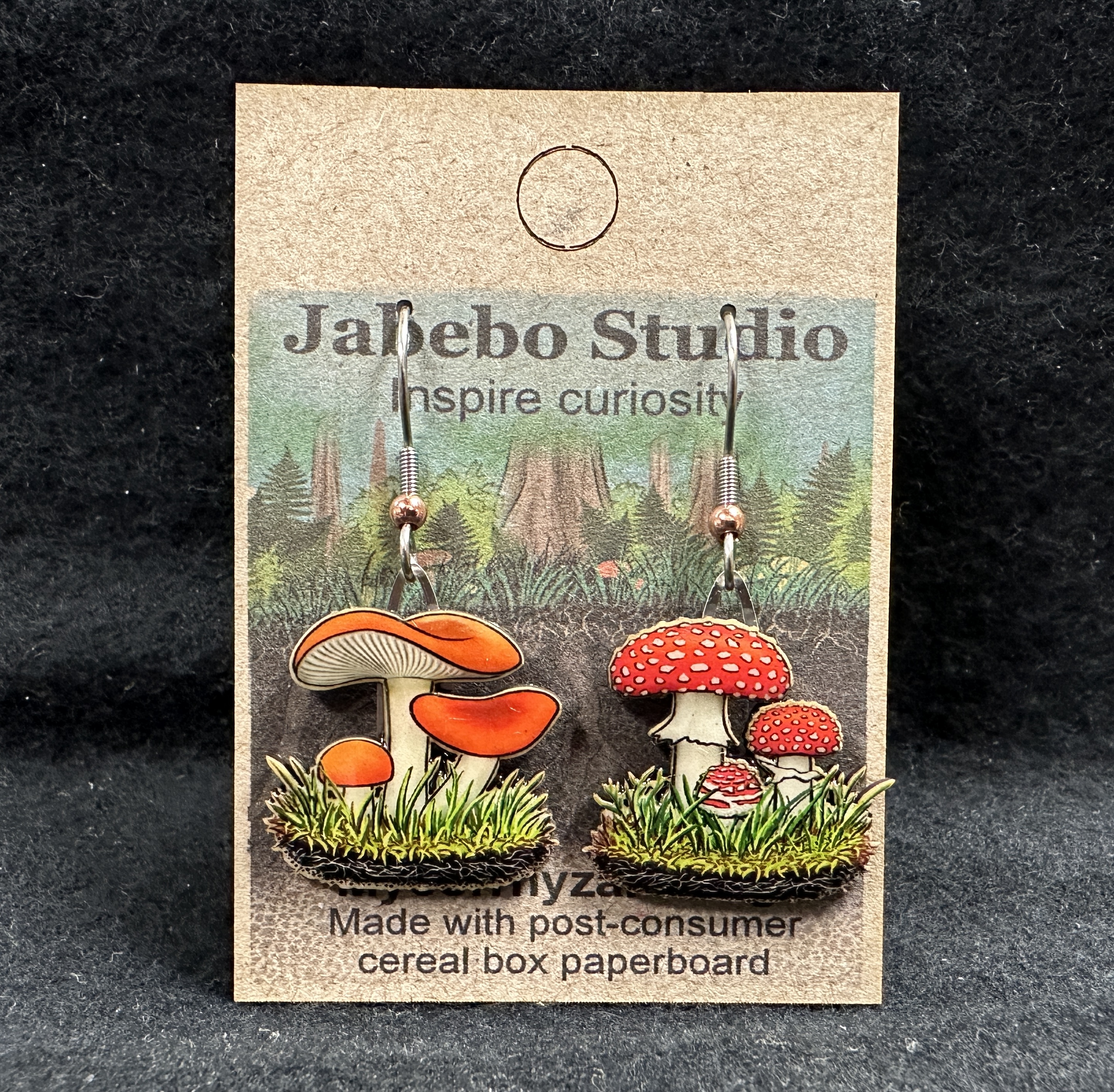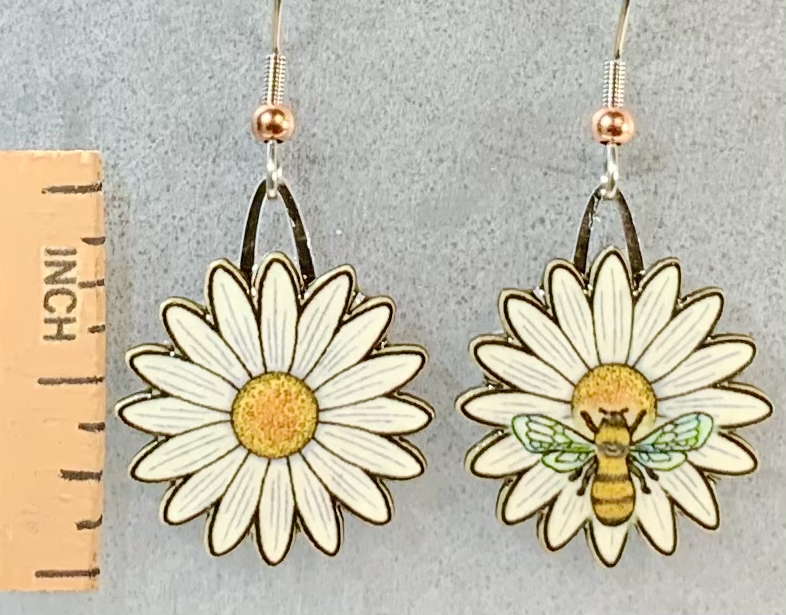
Using their colorful petals and sweet fragrance, flowers lure bees in with the promise of a tasty nectar treat. In exchange, bees dust them with pollen collected from other flowers they’ve fed from. This trade gives the flower what it needs to reproduce by growing seeds and fruit.
Also available with two matching daisies, no bee (455Z).
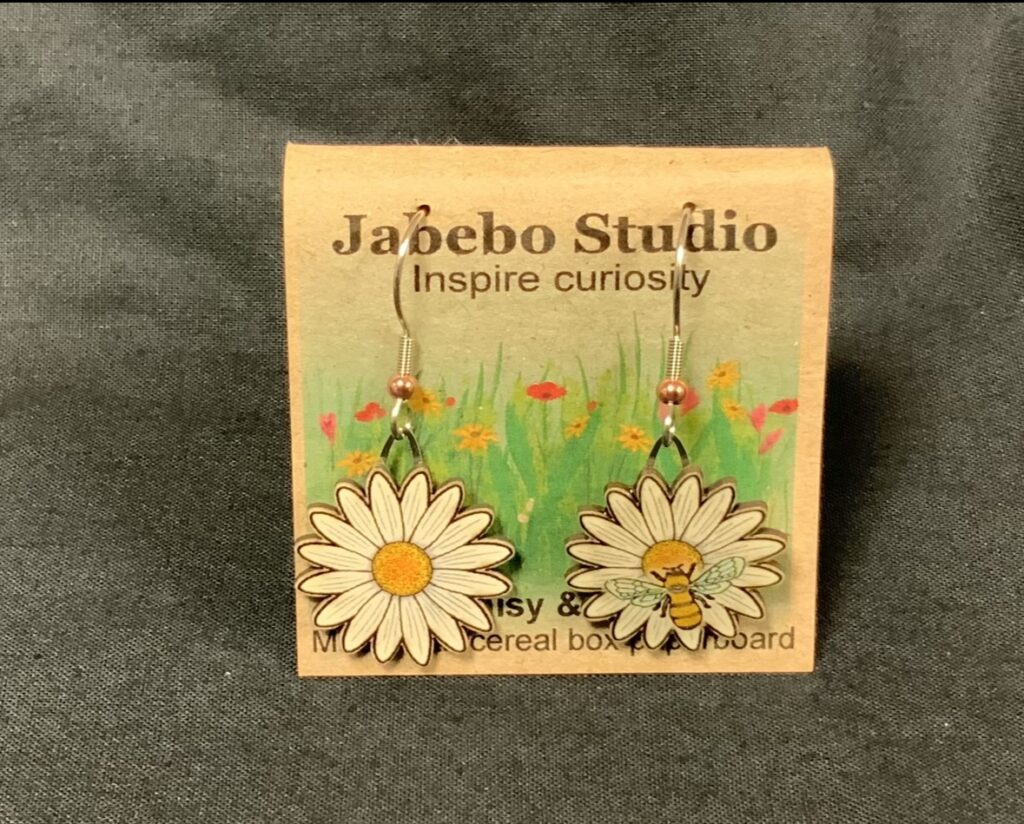
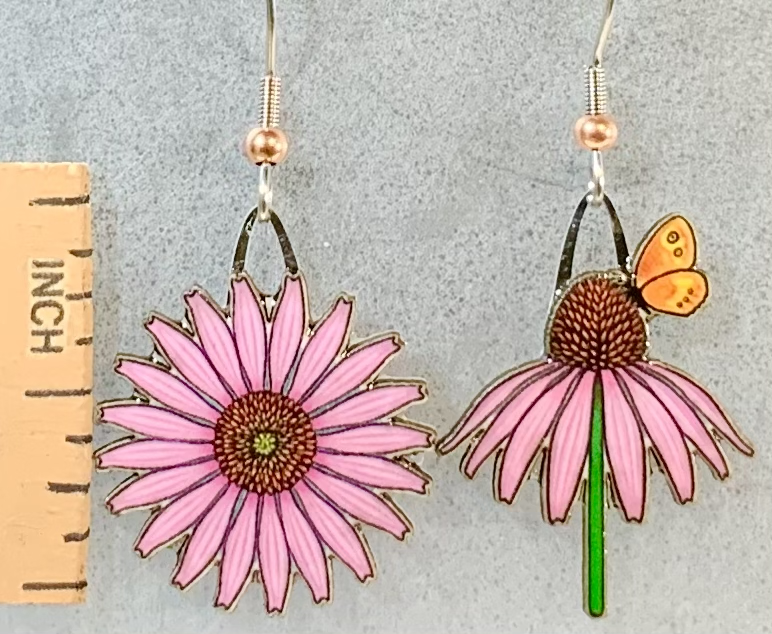
Also known as the Coneflower, Echinacea is related to sunflowers. It is a common wildflower in central and eastern North America. The plant is renowned for its medicinal properties and is touted as a cure for many ailments.
Also available with two matching flowers, no butterfly (456Z).
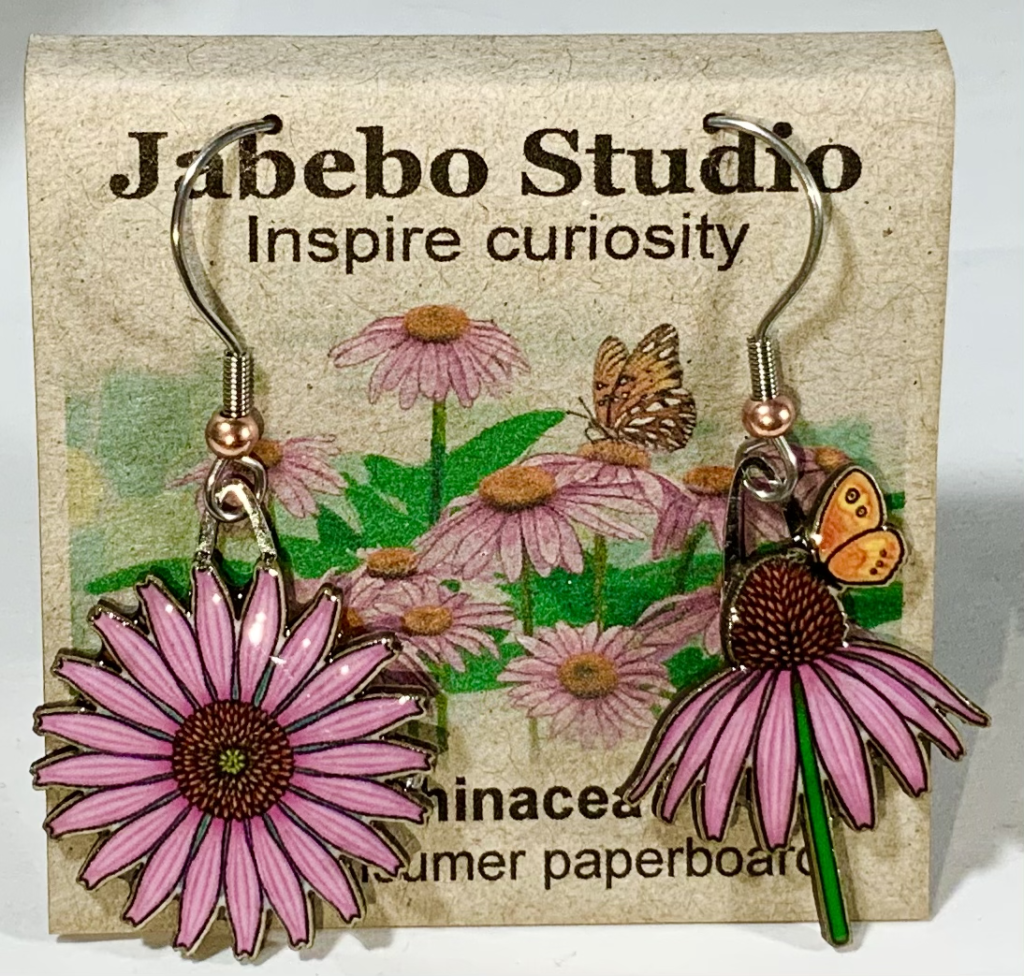
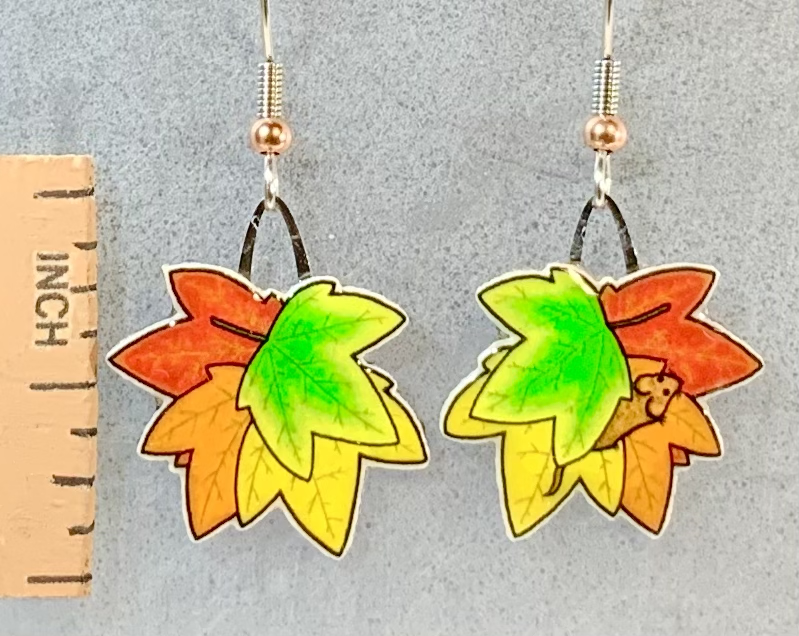
In temperate climates deciduous trees drop their leaves before the onset of winter. A plant’s ability to recover valuable nutrients from the leaves before letting go causes the cascade of changing colors that is characteristic of the Fall season.
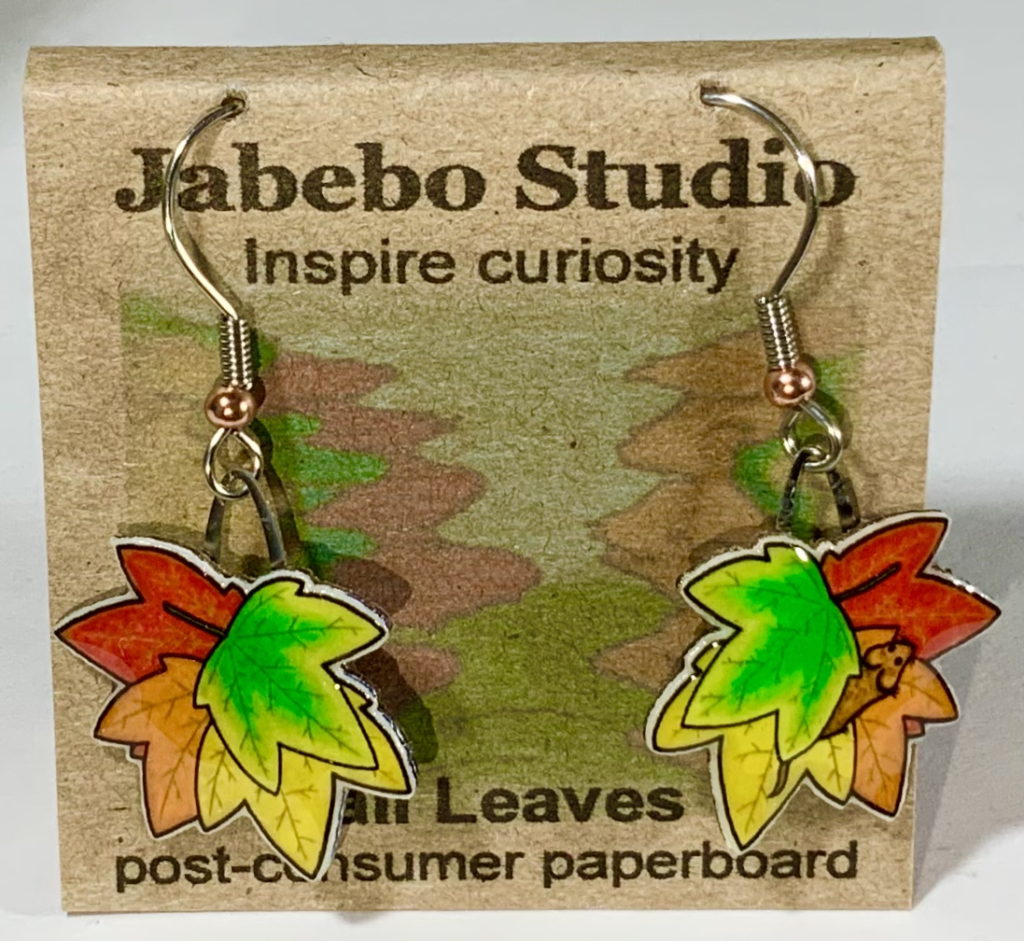
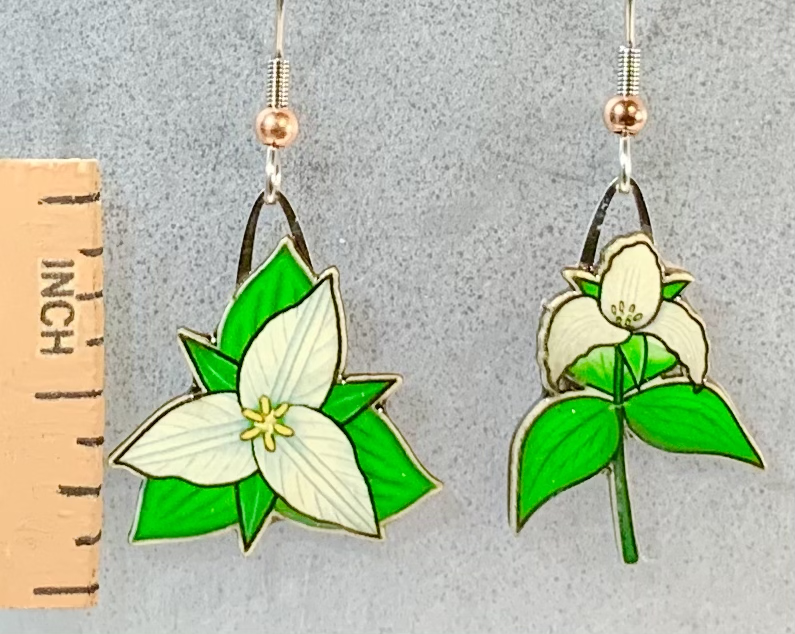
The tri-foil leaves of the trillium are actually bracts, leaf-like structures associated with flowers. Although green and photosynthesizing, bracts are not technically leaves. Thus, a trillium plant could be seen as one large flower.
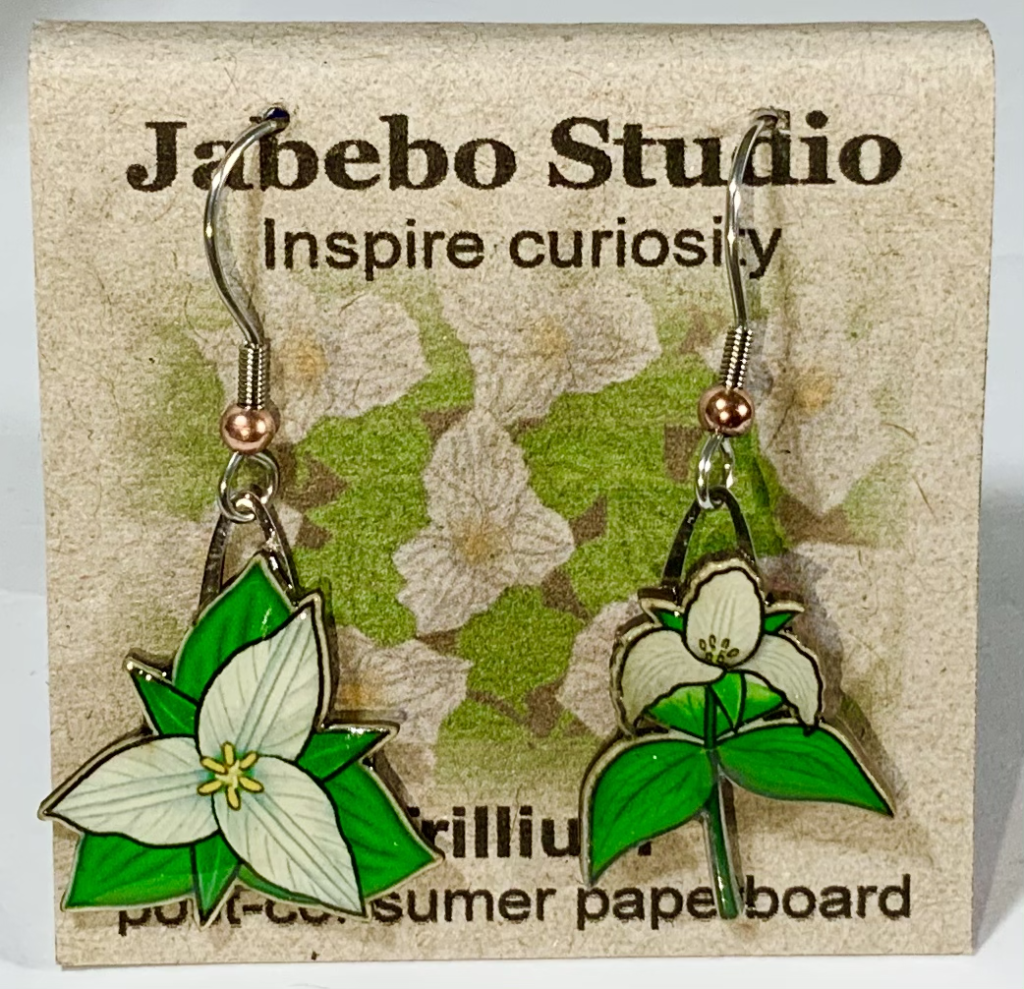
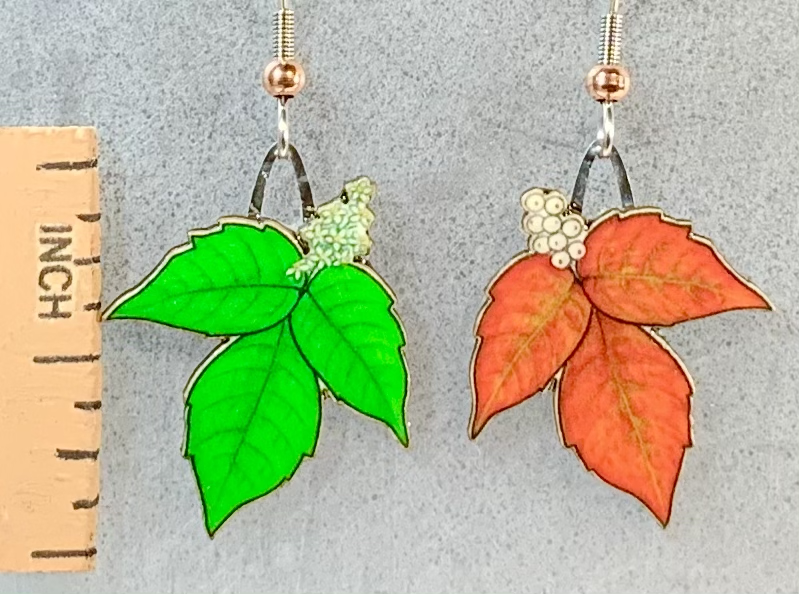
Found everywhere in the United States except Alaska and Hawaii. It is most common in the eastern and midwestern states.
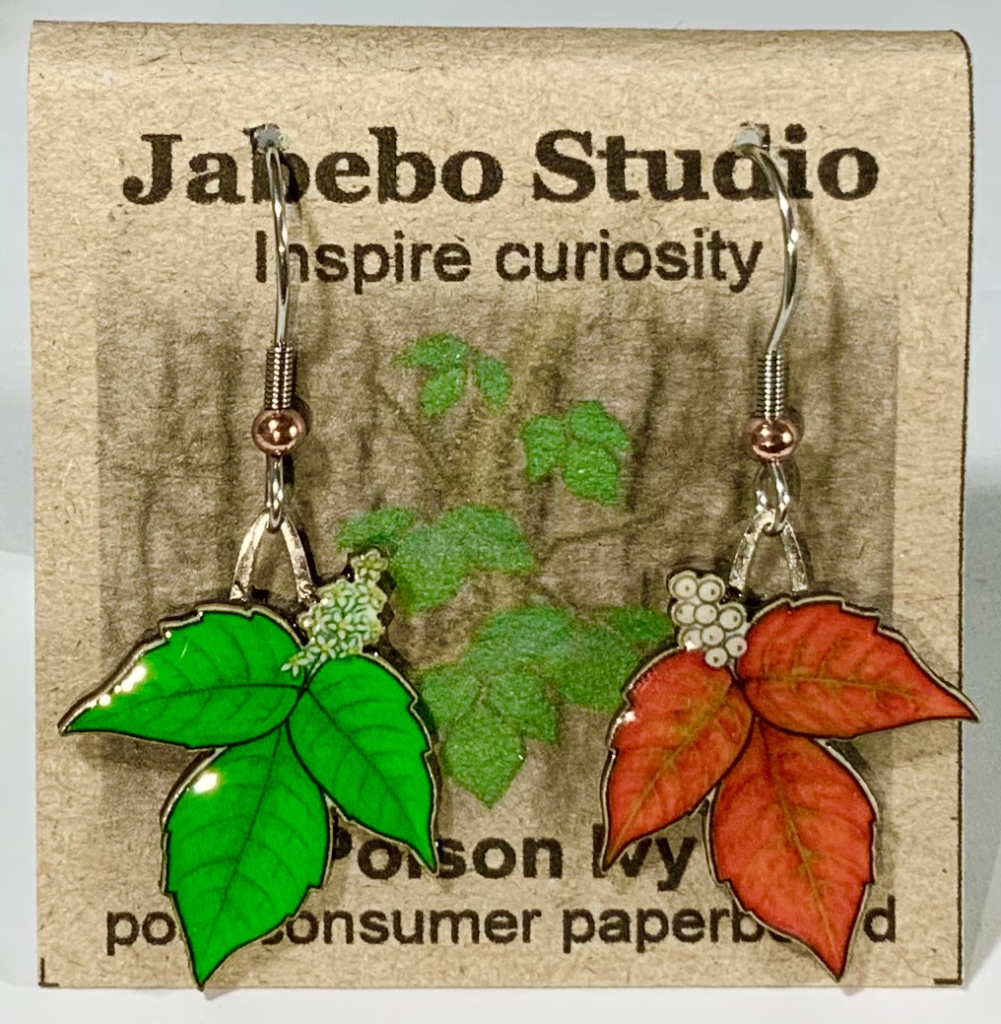
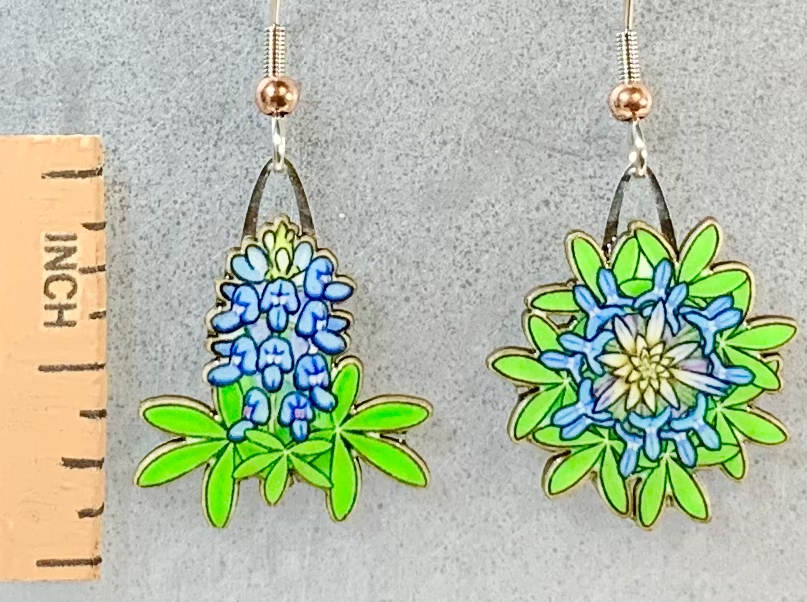
Found in southwestern United States and is collectively the state flower of Texas.
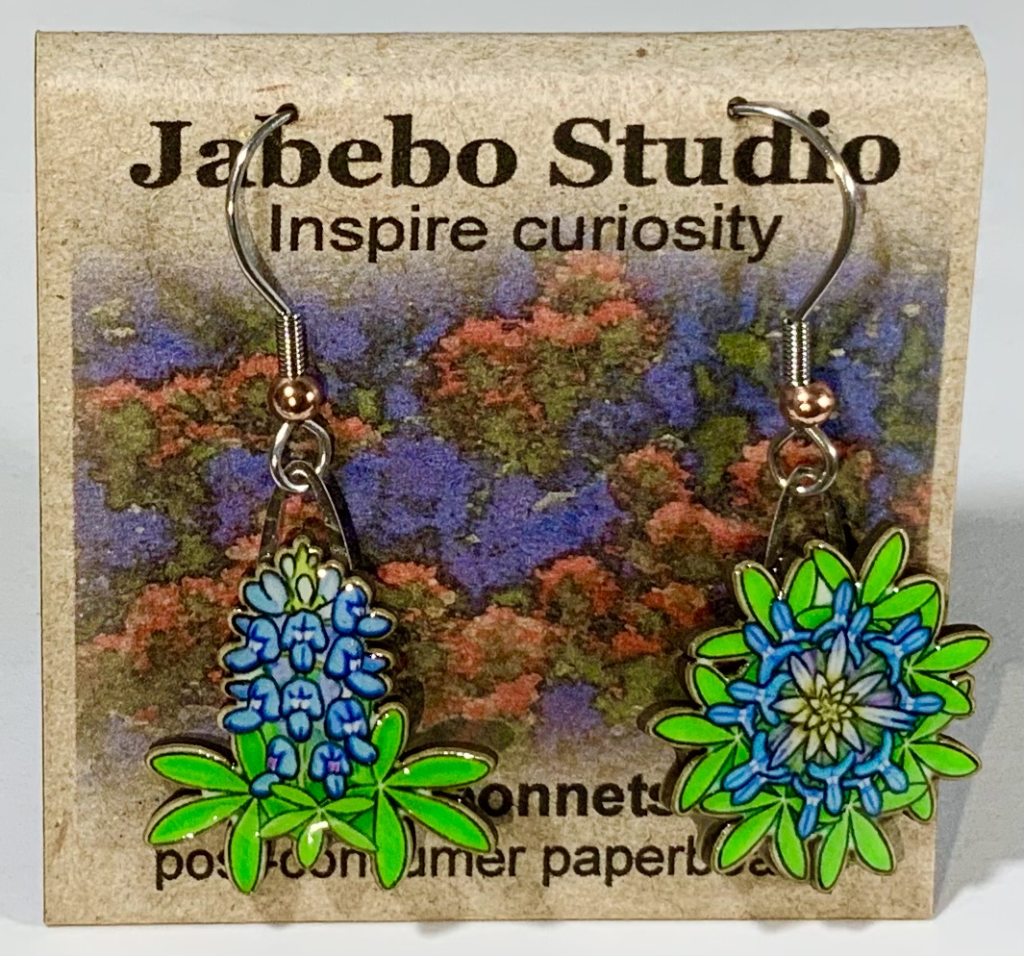
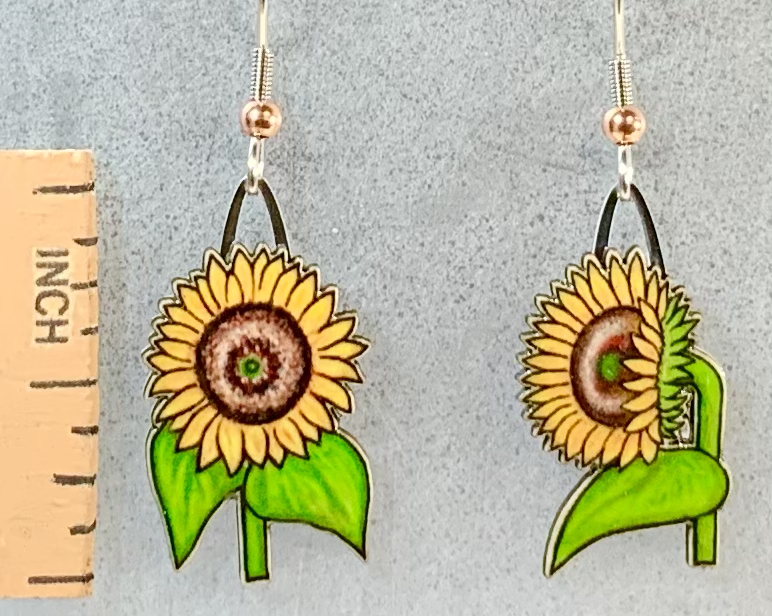
This flower is native to North America but is grown throughout the world! With a variety of colors, sizes, and economic uses, they yield cheer, dyes, bird seed, cooking oil, and more. These amazing flowers track the sun when they are young and face east when mature.
Designed by guest artist June Ramsay.
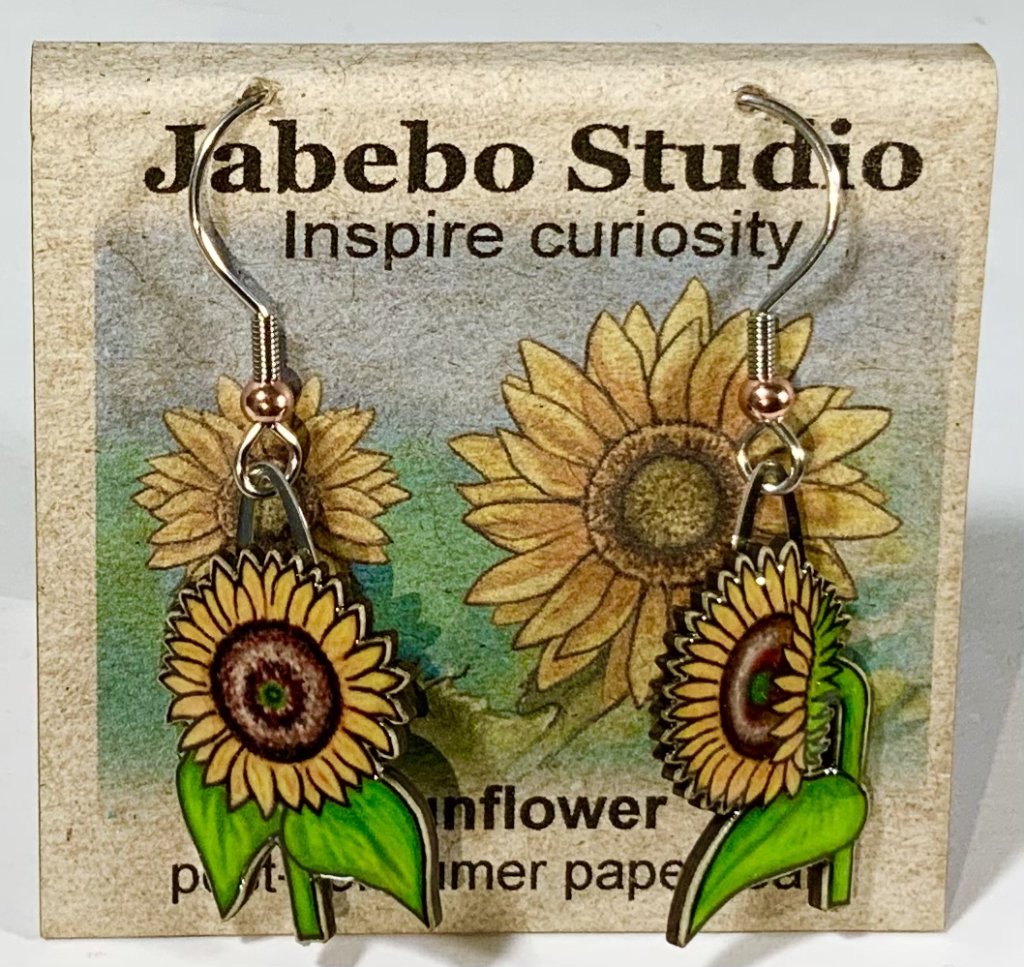
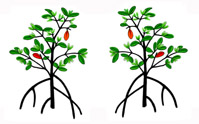
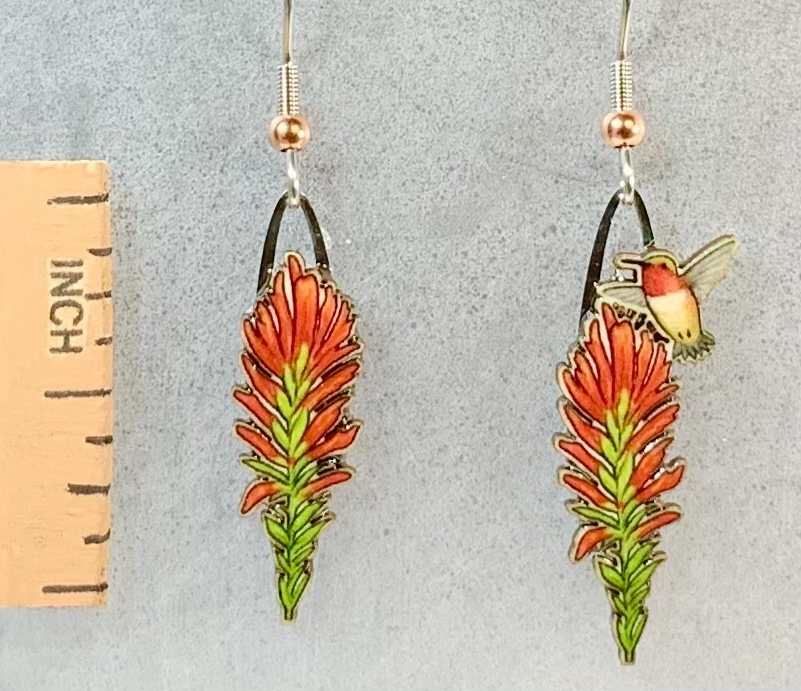
This bright, showy wildflower can be found in western landscapes. It gets its red color from “bracts” or leaves modified to look like flowers. The actual flowers are less conspicuous but the brilliant red bracts lure in some very specialized pollinators-hummingbirds.
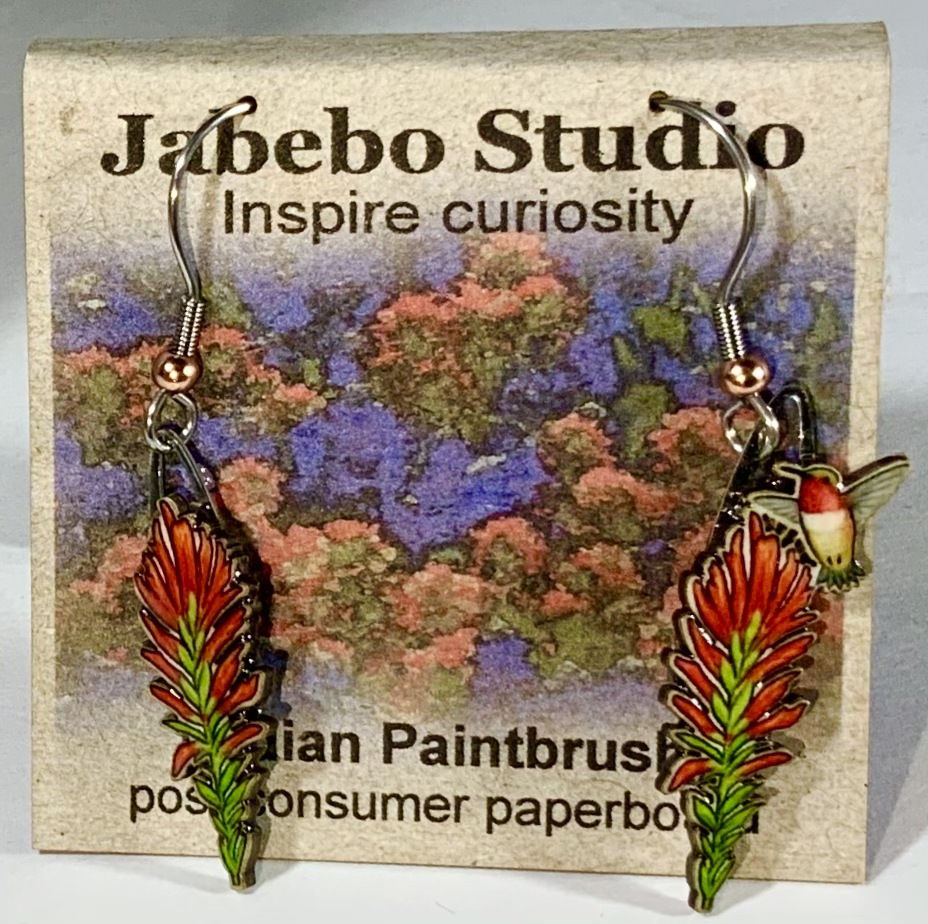
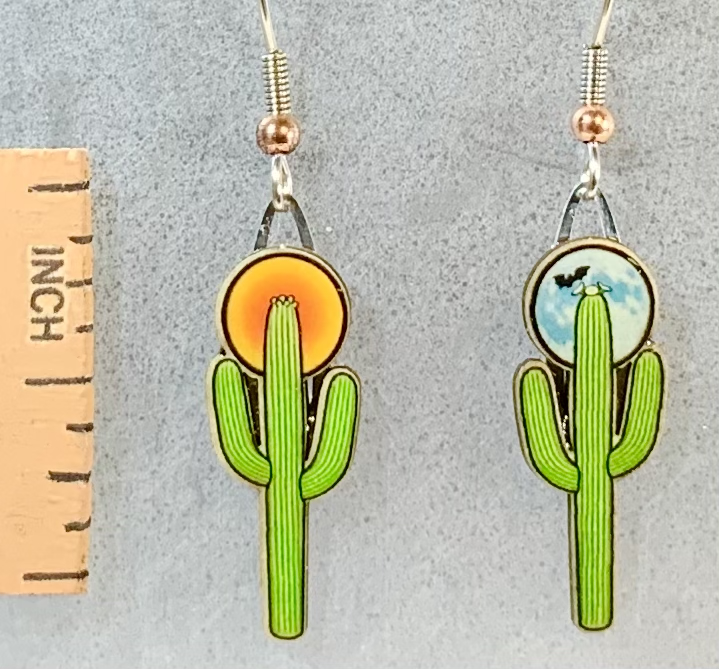
Endemic to the Sonoran Desert this large, iconic cactus can be found in southern Arizona and northwestern Mexico. Their large nocturnal flowers are pollinated by bats who visit when the flowers are in full bloom at night.
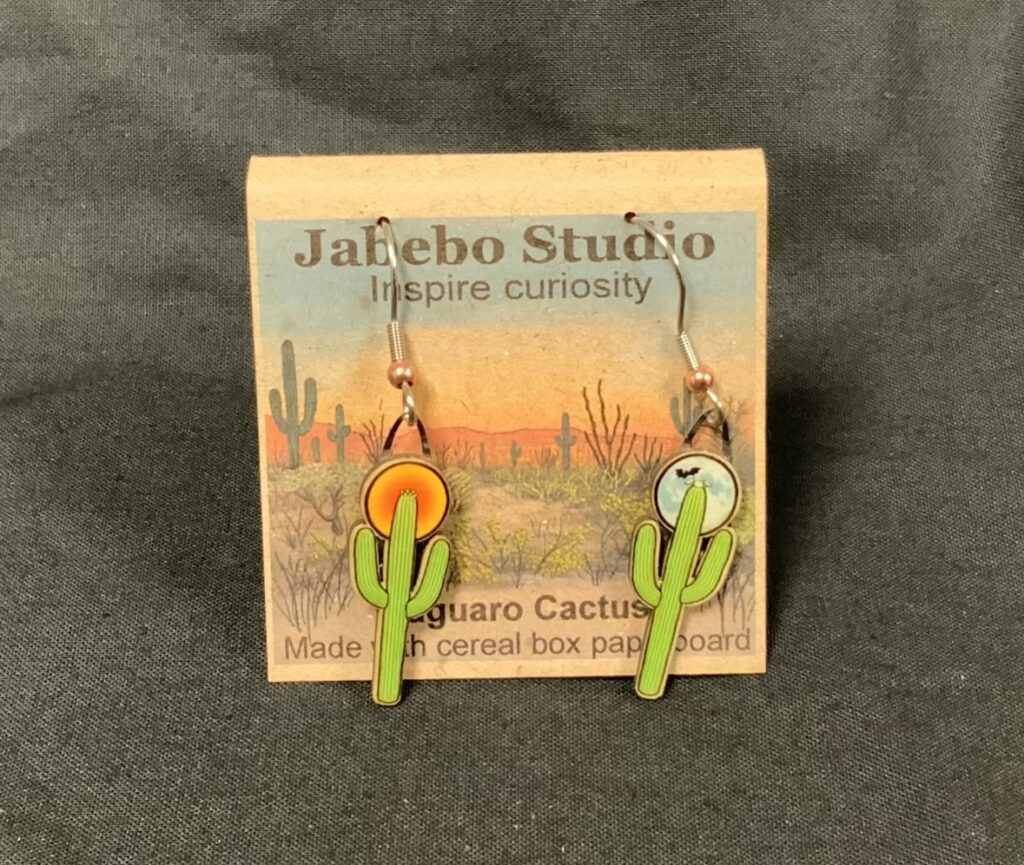
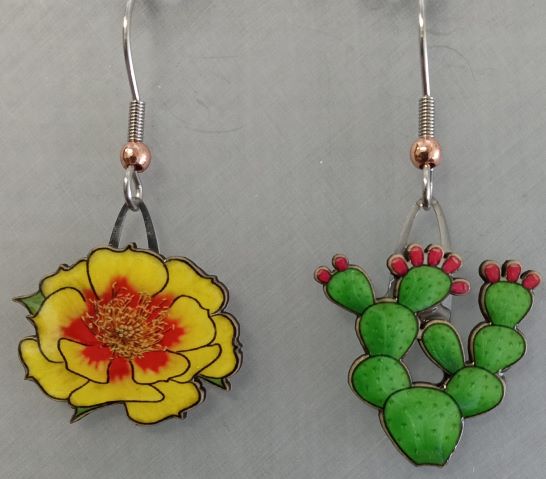
This is a common type of cactus associated with desserts but actually can be found growing wild in the east as well. They can survive in sandy soils where most other plants do not grow very well because water drains away quickly.
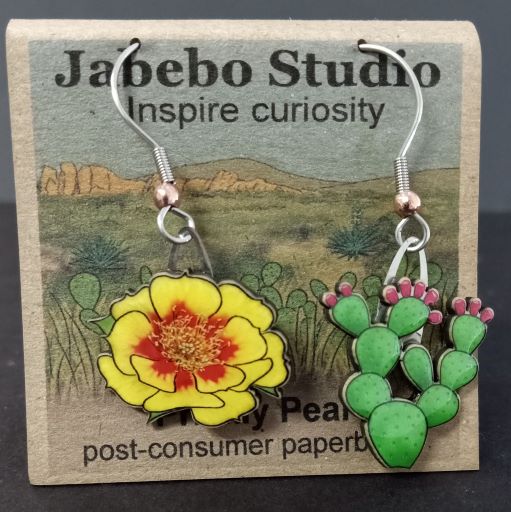
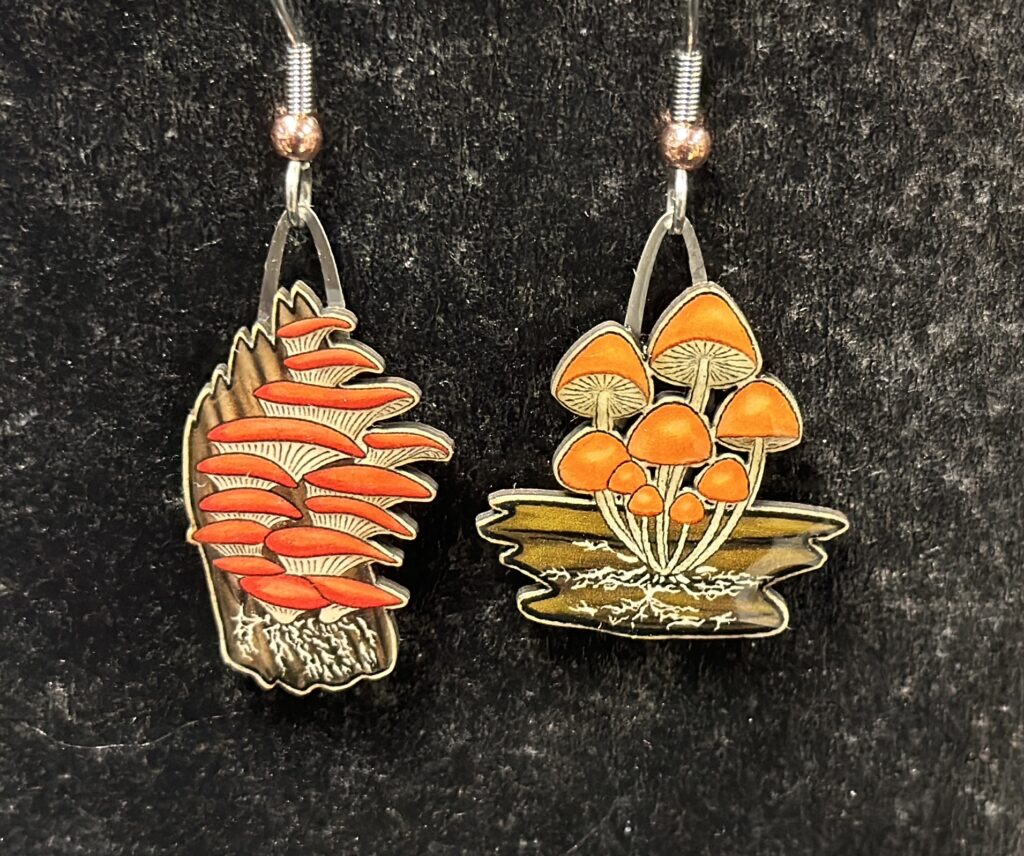
As they feed on dead wood and plant material, important nutrients are returned to the soil. Depending on the species, the fruiting bodies on sporophytes can appear as typical mushrooms on dead wood or on the ground, popping up where the mycelium is feeding on buried wood and organic material.
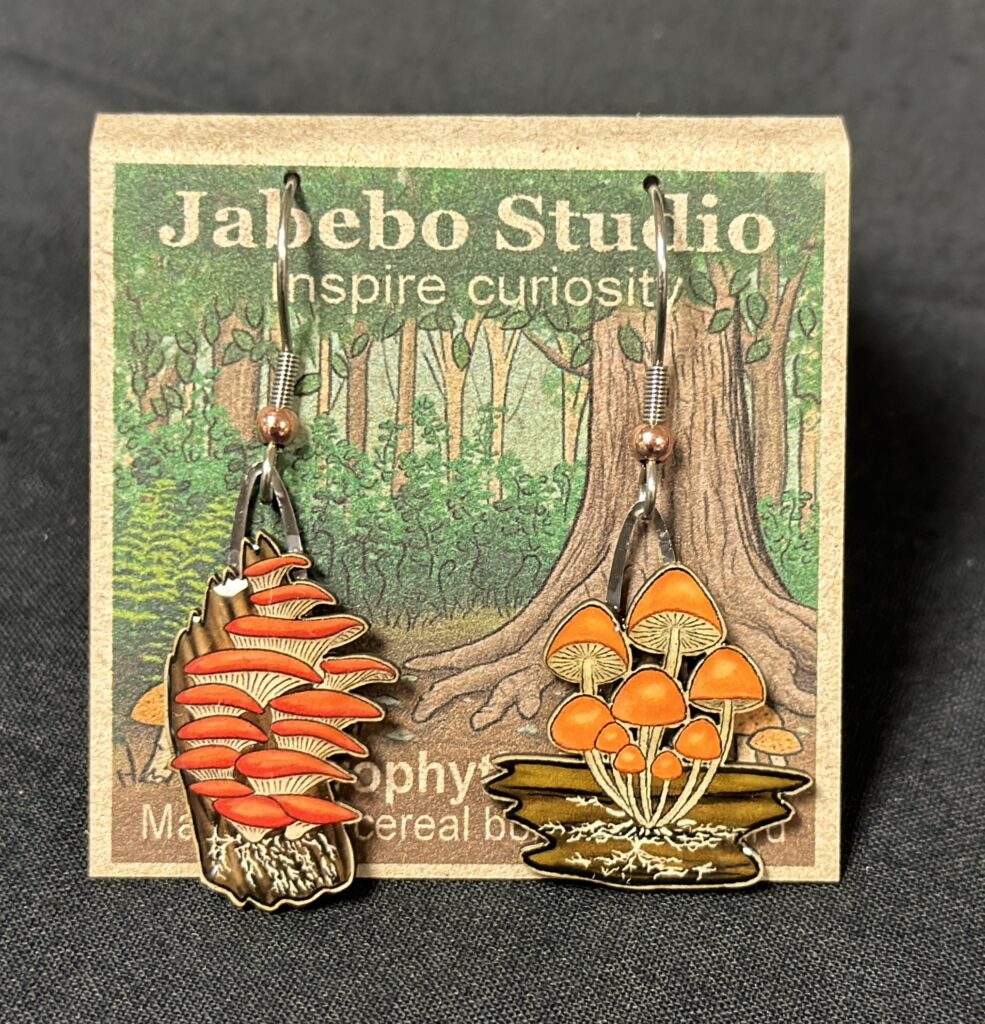
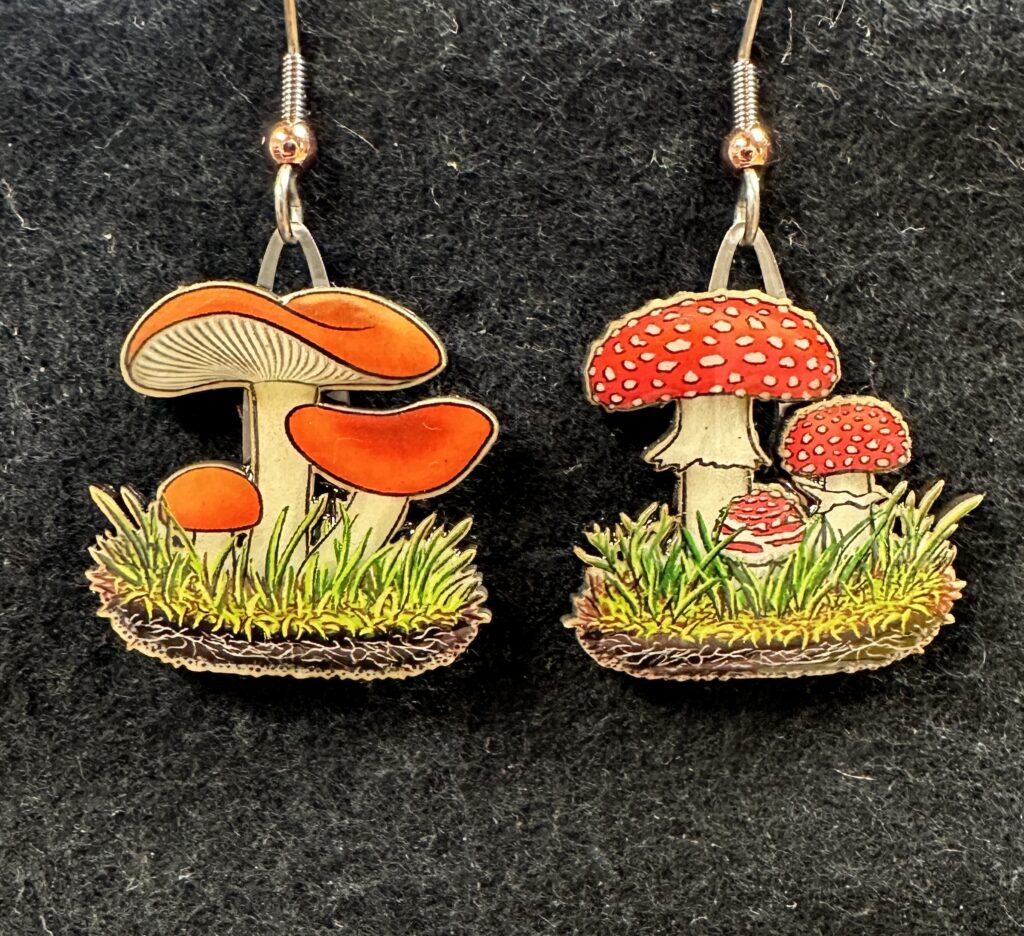
You can be certain that many of the mushrooms piping up around you are mycorrhizal, meaning they have an important symbiotic relationship with plants. Helping trees grow is as important as breaking down dead material.
